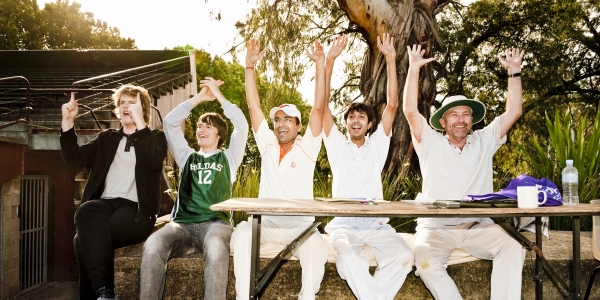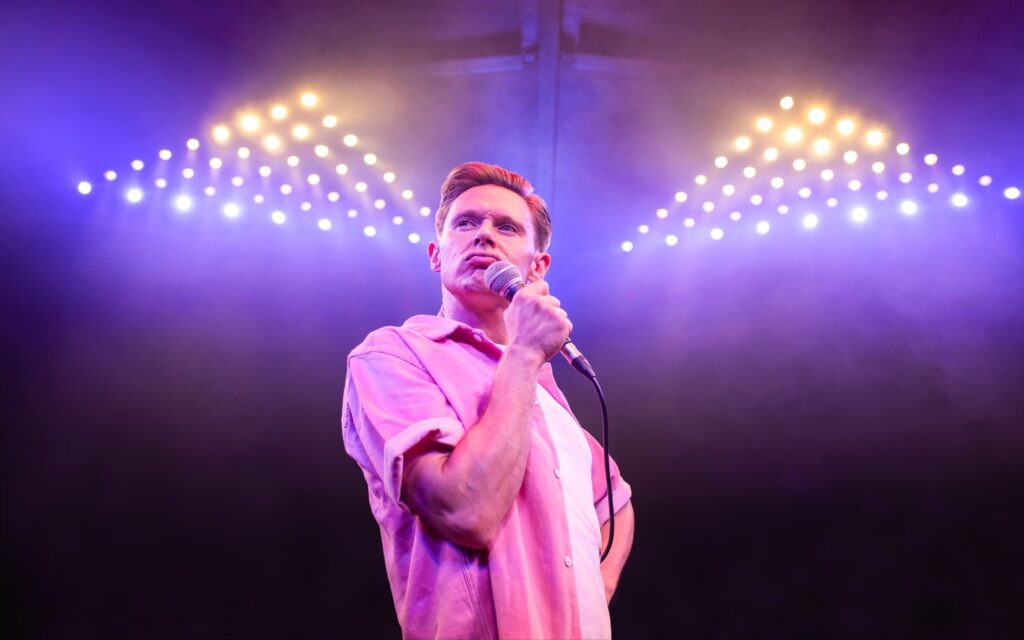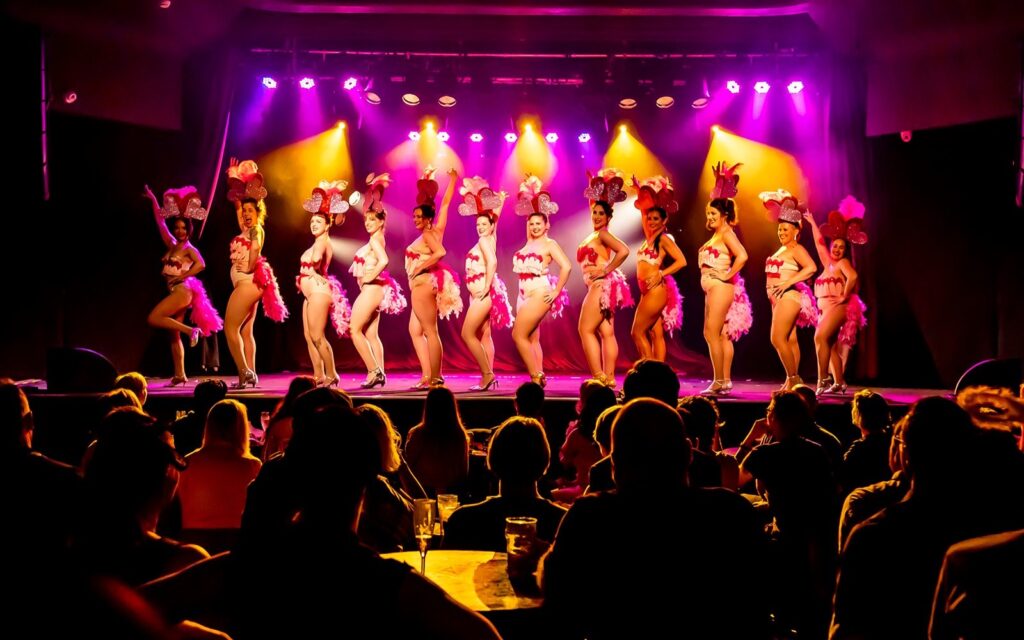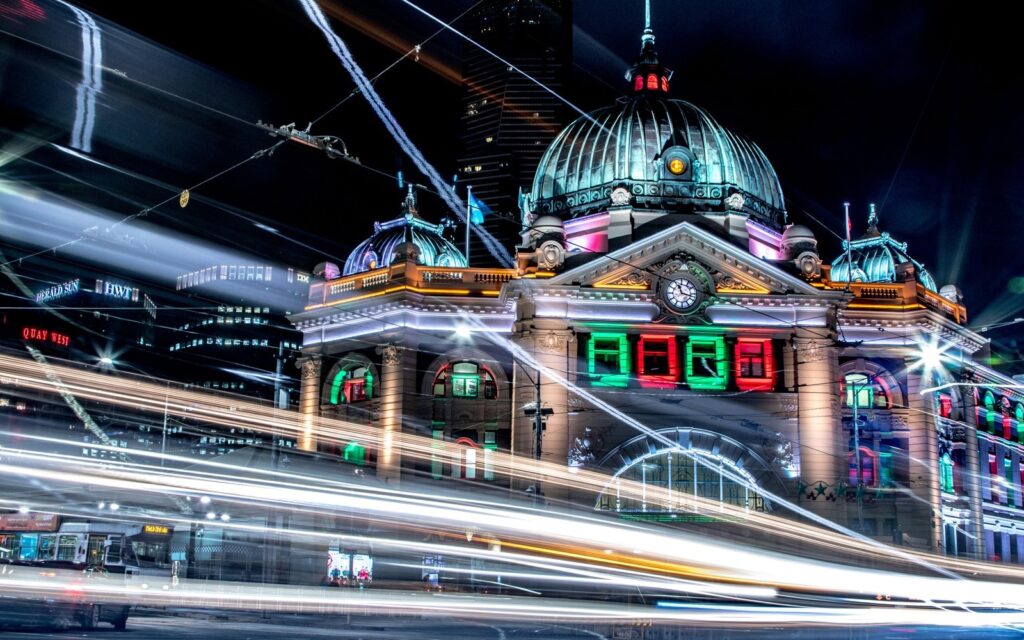Described by Melbourne’s Arts Centre as a ”sprawling, progressive Celtic-folk-rock opus”, Tubular Bells For Two uses pianos, organs, electric guitars, acoustic/bass and Spanish guitars, mandolin, tuned percussion, drums, glockenspiel, loop pedals, synthesizers and, perhaps not surprisingly, tubular bells. In this rendition, Roberts and Holdsworth aim to play all of these instruments between the two of them, often playing more than one instrument at a time.
Taking time out of his busy schedule to talk to Beat, Roberts summarises their performance perfectly. “It sounds ridiculous, but we’re never playing more than three instruments at once. At its most chaotic, I’m playing the piano with my left hand, the organ with my right and a kick drum with my foot. That’s how we work through the whole show; we’re always trying to do more than one thing at once, so [when] there are sections with just two guitars quietly playing, it’s like a blessing.”
With Roberts a founding member of Belles Will Ring and a band member for The Maple Trail, he has been mates with fellow musician Holdsworth since they were teenagers. The original Tubular Bells was often a recurring element of their shared musical history. “It sort of stayed with me and as a teenager I kept going back to it, trying to work little bits of it out on guitar.” Roberts says. “I was always fascinated by it; Danny shared that.”
Once they started experimenting with the sounds, Tubular Bells For Two gradually took on a life of its own. As Roberts explains,“Danny and I spent a lot of time sitting around each other’s lounge rooms playing records and playing guitars…since we were teenagers, really. One night we had Tubular Bells on and we just started… trying to work out bits of it. We’d had quite a bit to drink and we got a bit ambitious and thought, ‘Why don’t we try and play the whole first side?’ We spent all night trying to work it out; it just planted the seed. We just kept working on it and eventually we had worked out the whole thing on a couple of guitars, and before we knew it we decided to… play as many instruments one after another as we could to vary it.”
After that the progression towards getting a gig seemed natural, and once they played that first gig to a sold-out show, they realised Tubular Bells resonated with a wide range of people.
It’s little surprise they’ve taken a shine to Oldfield’s score, especially since the original album has had a massive influence on popular culture. Among other things, its unexpected success helped make the career of Richard Branson and kick-started the Virgin Records global empire. Tubular Bells also spurred on the use of “overdubbing” during a period when multi-musician “sessions” were the preferred method of recording musical pieces. The opening score of Tubular Bells even made it into the 1973 film The Exorcist.
But for Roberts, the score also provokes memories from childhood. “My dad was very into Tubular Bells. Whenever we did long drives in the van, he had one of two things playing; it would be Paul Simon’s Graceland or Oldfield’s Tubular Bells.” Even now, during performances, the score is a strong reminder of the past.
“It sounds a bit cliché,” Roberts says, “but [music] provides the soundtrack to everyone’s life. I find that when I’m playing Tubular Bells, when I’m on stage, there’s moments in the piece where suddenly I start to drift and I’m taken back to my childhood. I really like that about it.”
Having already been awarded ‘Best Musical Moment’ at the Sydney Fringe Festival, Roberts and Holdsworth’s Tubular Bells For Two is already off to a promising start.







